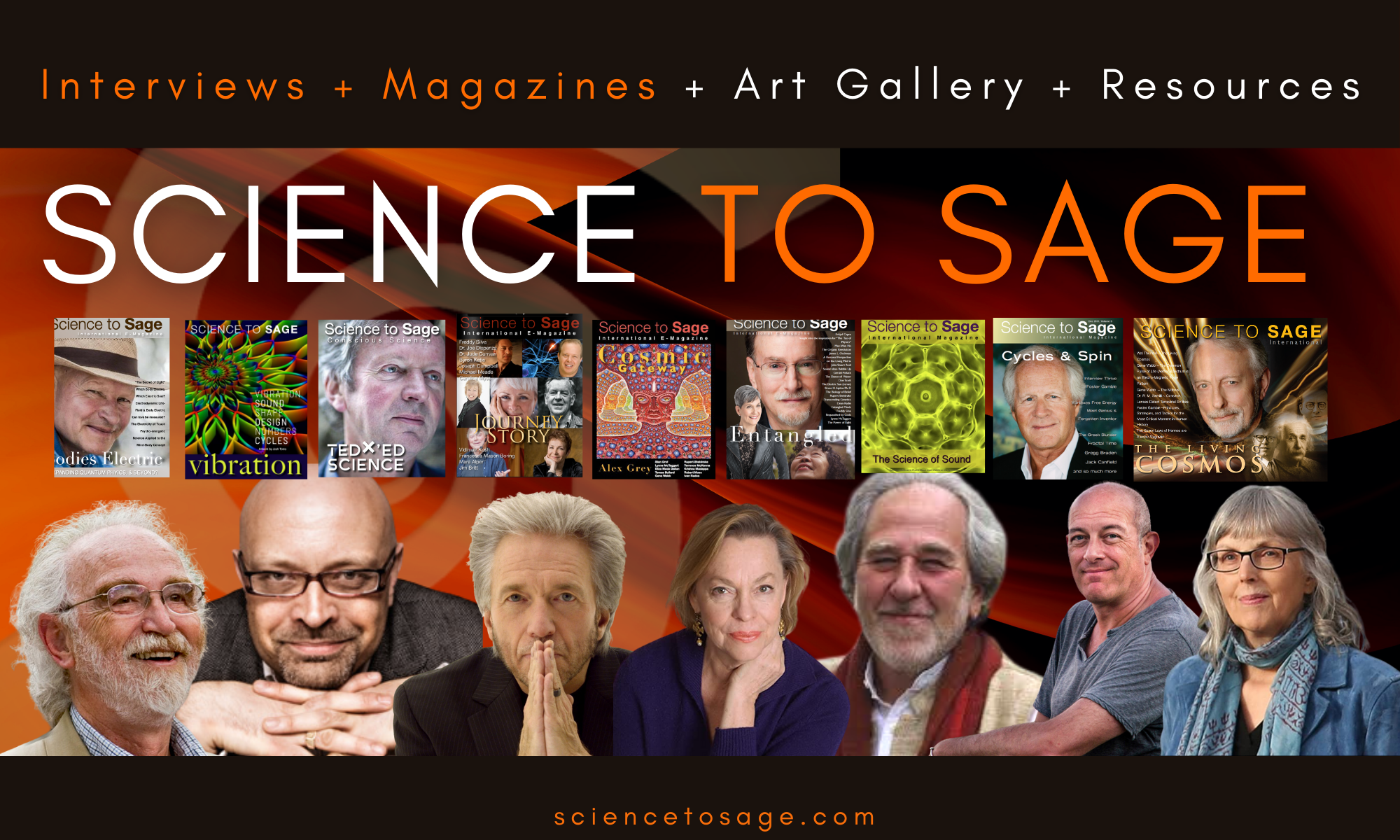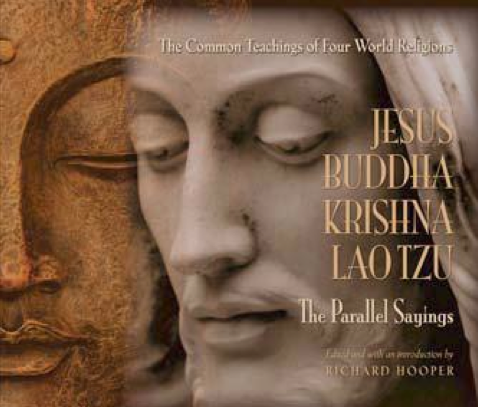[box] Richard Hooper[/box]
With a bachelor’s degree in the Philosophy of World religions, Richard went on to earn his Masters of Divinity at Pacific Lutheran Theological Seminary in Berkeley, California,in 1970, and was ordained as a Lutheran pastor a year later. Hooper’s education took place during the politically radical 1960s, and in the most radical city in America: Berkeley, California. Both his seminary education, the events that took place during the 60s radicalized Hooper both politically and spiritually. He was the Lutheran Church’s single minister to the “counter culture” on the Monterey Peninsula during the 1970s, and looked the part: long hair, bare feet, beads and bells.
By the end of the 1970s, Hooper left the ministry and the Church itself and renewed his interest in mysticism and Eastern philosophy. After studying with a Hindu guru, he went on to produce more than a thousand radio broadcasts, in which he interviewed numerous spiritual teachers and authors such as Ram Dass, Richard Bach, Timothy Leary and Elizabeth Kubler. During the 1980s, Hooper became a nature recordist, music producer and founder of an independent record label: World Disc Productions, during which time he produced more than seventy music and nature recordings and, along with his wife, Sharon, pioneered the sales of such recordings in the gift industry. After selling World Disc during the early ’90s, Hooper opened and ran a Native American art gallery on San Juan Island in the Pacific Northwest. Hooper, himself, became an artist some years later, specializing in miniature Asian landscapes and both Christian and Asian shrines. After moving to Sedona, Arizona, Hooper finally pursued his greatest passion: writing.
[author] [author_image timthumb=’on’]http://www.sciencetosage.com/wp-content/uploads/2011/05/Picture-112.png[/author_image] [author_info]About the Book – The extensive sayings attributed to Jesus, the Buddha, Krishna and Lao Tzu have been researched for many years, and brought together from, literally, hundreds of ancient Christian (including Gnostic-Christian), Buddhist, Hindu and Taoist texts for the first time in history. The side by side columns of sayings document the commonality of these four mystical traditions. The sayings for each topic, such as “God, Tao and Universal Mind”, are preceded by introductions by the author to help the reader put the sayings into proper context.[/author_info] [/author]

